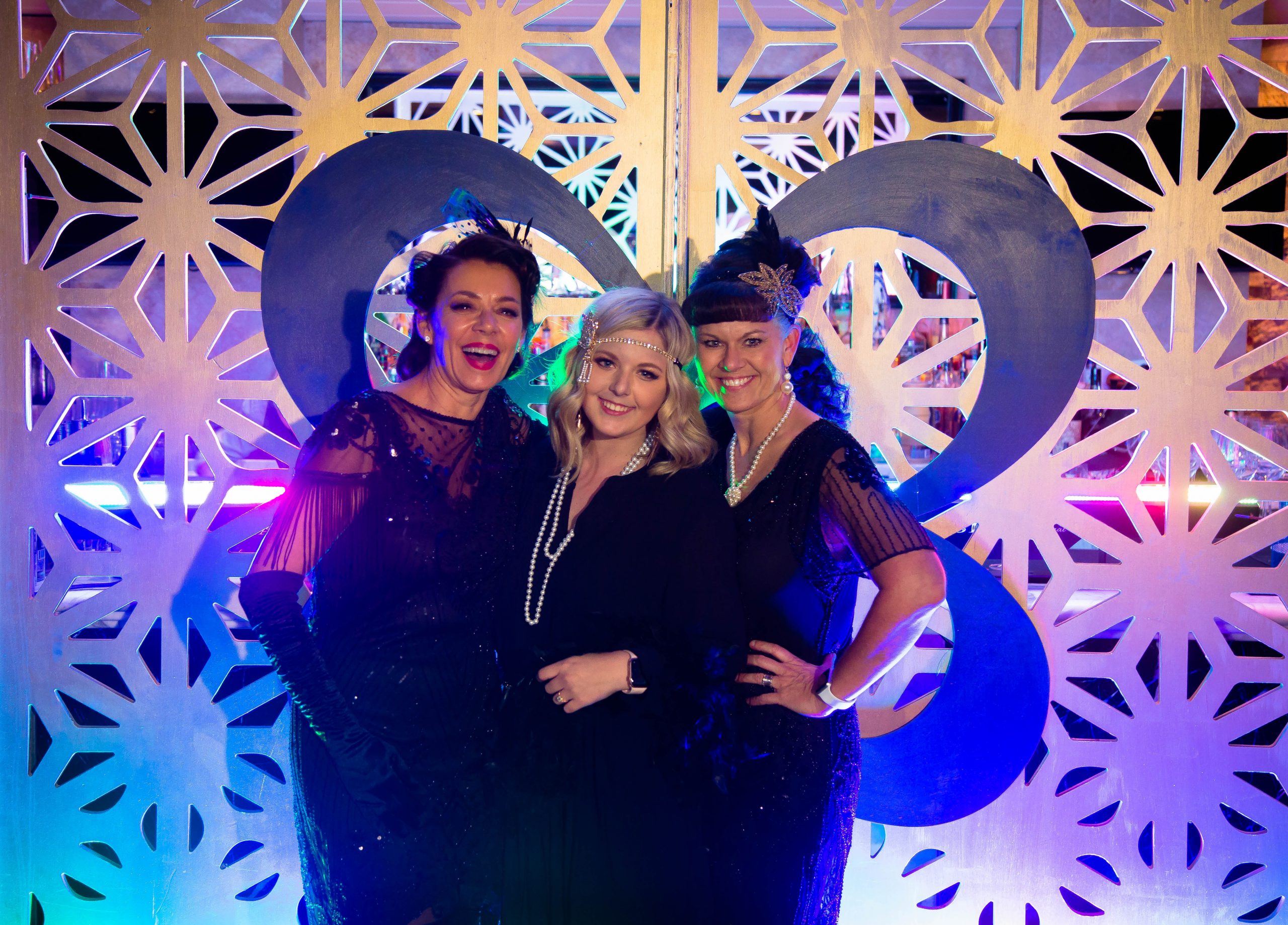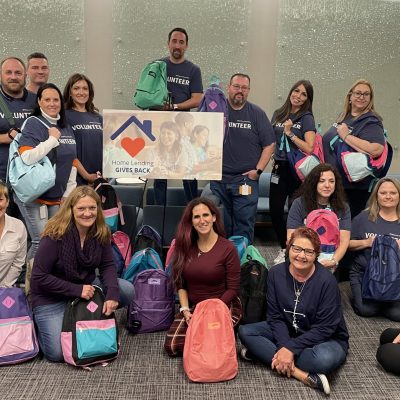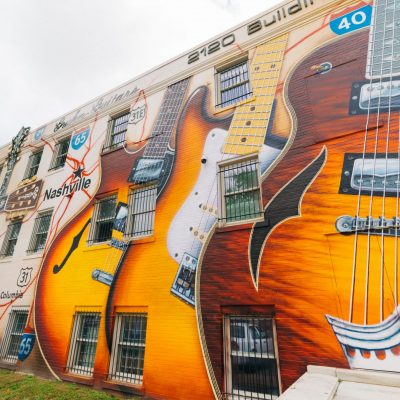Style Unlocked: A Fashionable Fight


Arizona Questers shares the story — and clothing — of Women’s Suffrage
The 19th Amendment to the U.S. Constitution gave American women the right to vote. Ratified on Aug. 18, 1920, women’s suffrage will celebrate its centennial this year.
To commemorate the milestone, the Arizona Questers — a nonprofit group dedicated to historic preservation, restoration and education — spearheaded a statewide project. Questers has worked with other nonprofit, civic and governmental organizations to raise funds for and create traveling displays that reveal the monumental significance of the 19th Amendment.
But the fight to get the vote stretches back more than a century. It dates back 72 years earlier to when a group of women took the radical step of asking for the vote in Seneca Falls, New York, at the Seneca Falls Convention in July 1848.
It’s a story Questers members are eager to tell.
“We are knocking everybody’s socks off because we decided to go big or stay home,” said Debbie Hansen, a member of the Desert Sage chapter of Questers and co-chair of the Arizona Questers Women’s Suffrage Centennial Project. “We have created a magnificent portable traveling exhibit explaining the 72-year struggle for the vote in fourth-grade language, in six panels. These will be distributed for free to libraries, museums, schools, city governments, other organizations and special events throughout the state of Arizona in 2020 and beyond.”
Questers membership is open to men and women, but the group is made up mostly of women. “We’re fascinated by the physical artifacts of culture,” Hansen said. Drawing on members’ combined expertise in period costume and suffrage history, Arizona is the first state Questers organization to adopt a significant public education campaign.
Recently, several Questers members came together at the Rosson House in Phoenix to share a few of their personal items. Toni Lowden, of the Four Peaks chapter; Linda Starr, from the Sedona chapter; Mary Miller, of the Hayden’s Ferry chapter; and Diana Magers, from the Four Peaks chapter, donned clothing that makes women’s suffrage come to life.
Because it took so long to achieve the vote, their outfits reflected different eras of American history. Linda Starr wore a hat from the 1890s, along with a matching sash that she purchased in a Phoenix antique story some 40 years ago. “I added my own things to go with them because very few people back then were 5’8″ and a size 12,” she said.
Toni Lowden sported a delicate overcoat decorated with tiny French knots. “I thought it was a bed jacket but later learned it was a topper, and it goes on top of a little summer dress,” she said.
Debbie Hansen was dressed to represent Frances Willard Munds from the historic Arizona family. “She was the first female member of the Arizona senate in 1915,” Mary Miller explained. Hansen’s outfit was comprised of a 1920s military-style walking suit. Under it, Hansen wore long stockings, period shoes and a chemise. “Then I am wearing a handmade corset, which I was able to drive in,” she said. “Can you imagine what it would be like to be laced up into a whalebone straitjacket and have to function?”
Some of the clothes were authentic, and some were vintage. Several outfits had suffered from cloth disintegration, but the form and stitching were intact. The Questers said restoring items with historical significance has made them learn what it was like to have lived in the past.
“Touching the vintage clothing, like touching any antique, connects you to the people who wore them. It makes you think about them as real human beings — and the passion that drove them,” Hansen said.
Accordingly, working on the Centennial project has offered the women a closer understanding of history. But it’s not just clothing they collect; their collections include buttons, hats, glassware, flatware, dolls, vases, shoes, parasols and purses. Toni Lowden collects crystal inkwells while Mary Miller amasses cameos.
“Some people collect antique commodes!” Diana Magers said.
Throughout 2020, the Women’s Suffrage Centennial Project will take its traveling exhibits to Arizona libraries, historic sites, schools and businesses, as well as provide presentations on the women’s suffrage movement through a speaker’s bureau. All told, the Questers expect it will reach more than 200,000 people.
And Questers members will periodically dress the part. “We are planning to dress as suffragists for our state meeting and private reception at the Arizona Capitol Museum, as well as for an open house at the Museum on April 25,” Hansen said.
The exhibit is now on display at the Arizona Capitol Museum and will remain so throughout 2020.
To learn more, go to azquesters.org. To learn about the traveling exhibit, visit Questers’ Women’s Suffrage Centennial Project on Facebook.
Location: Rosson House
Special thanks to David Miller for loaning his 1929 Mercedes Gazelle SSK for the shoot.






